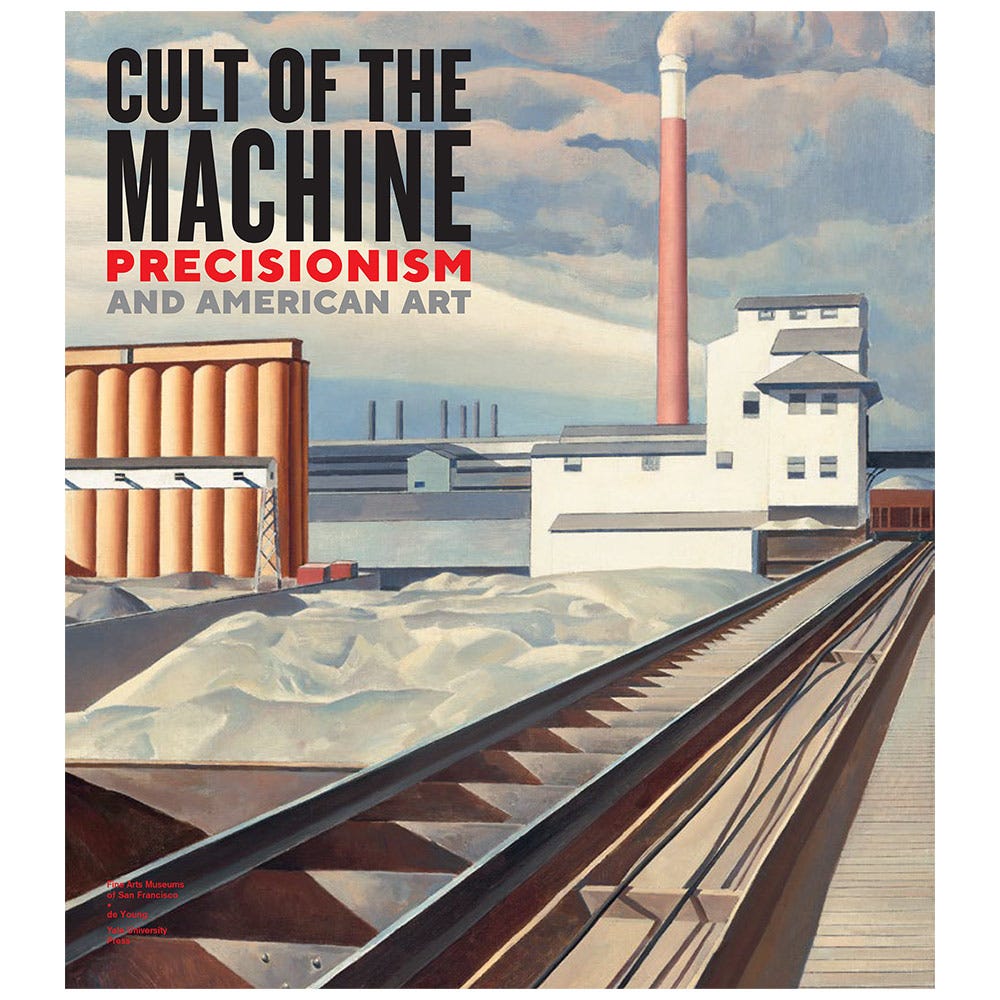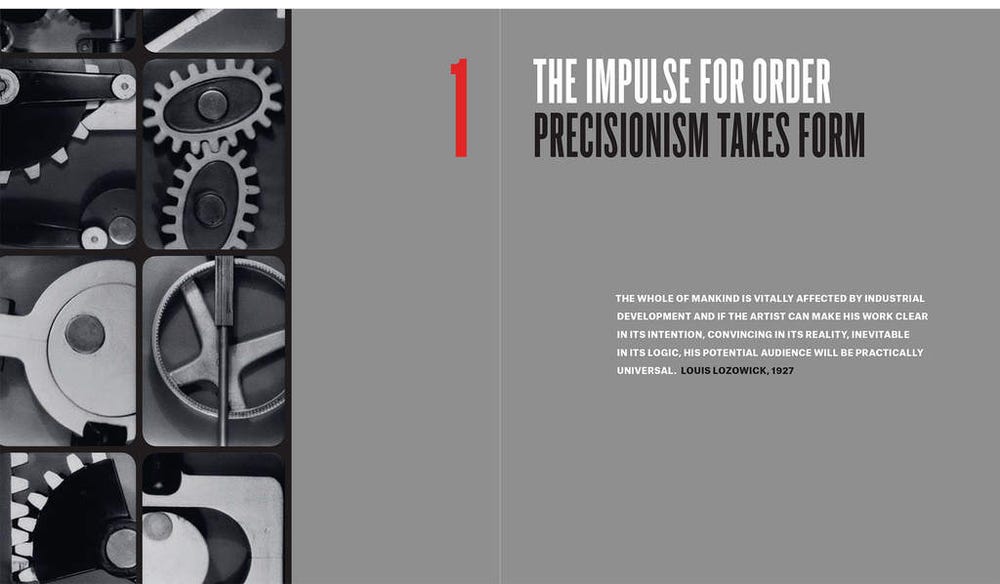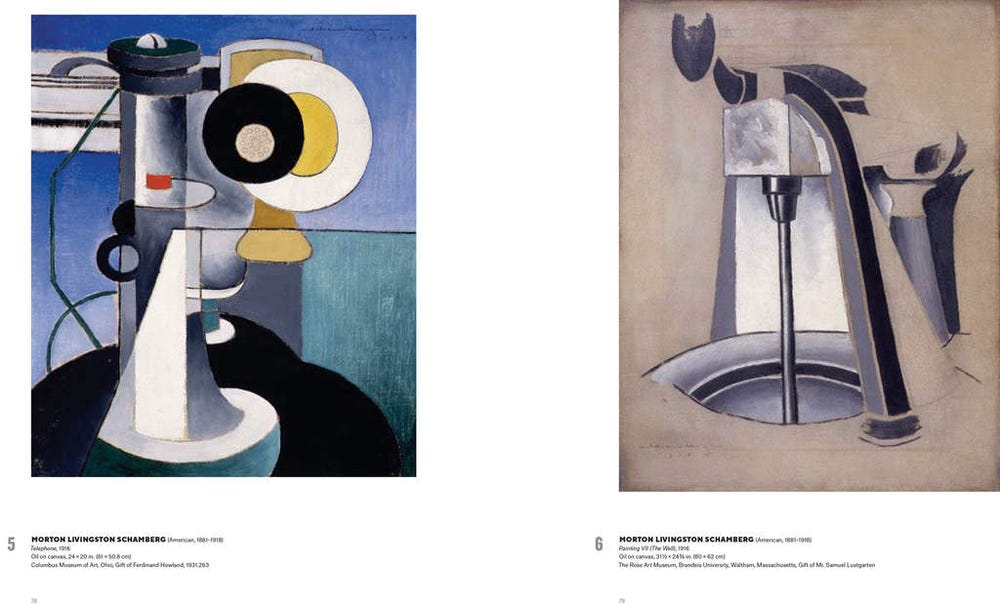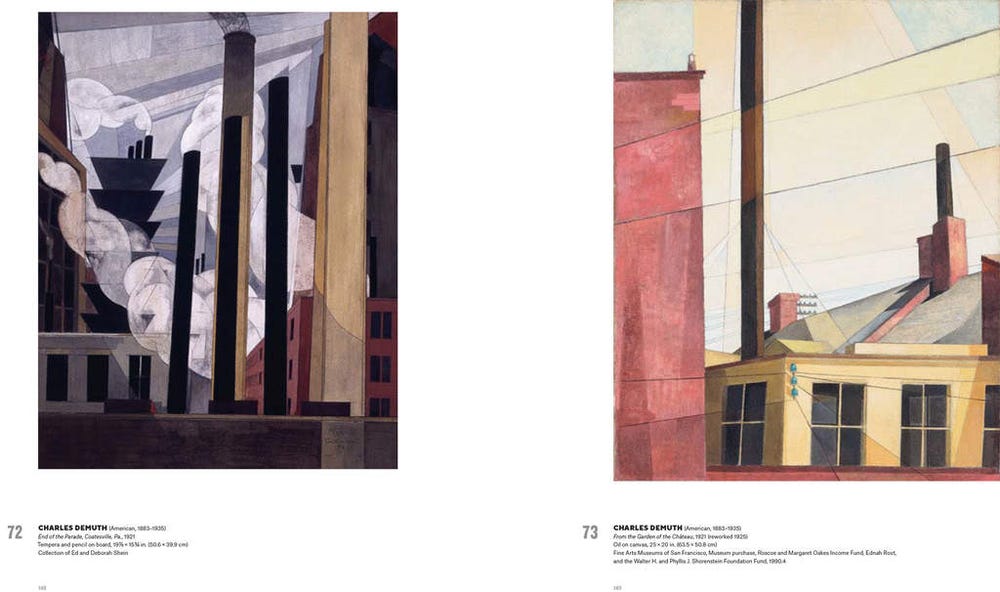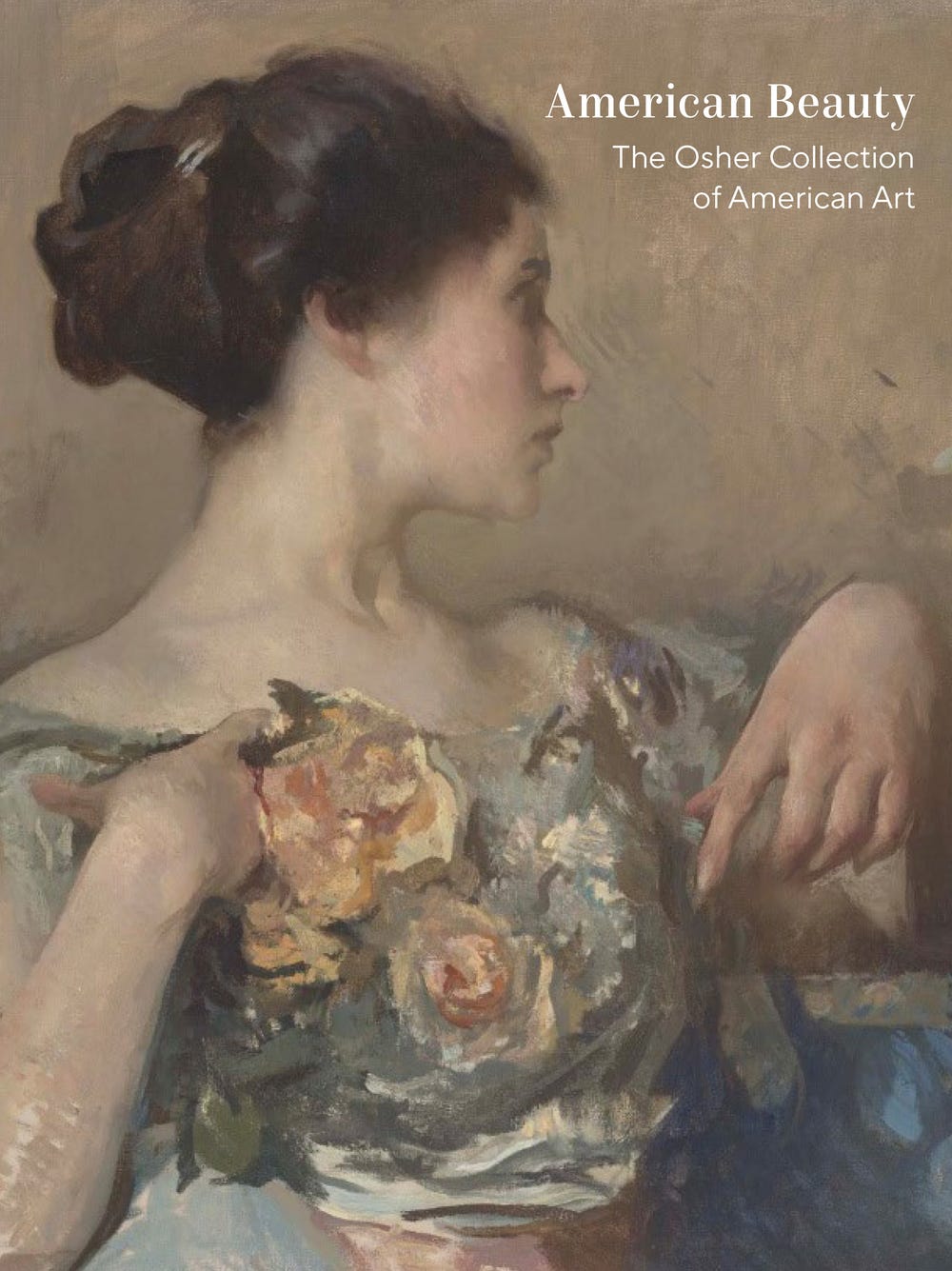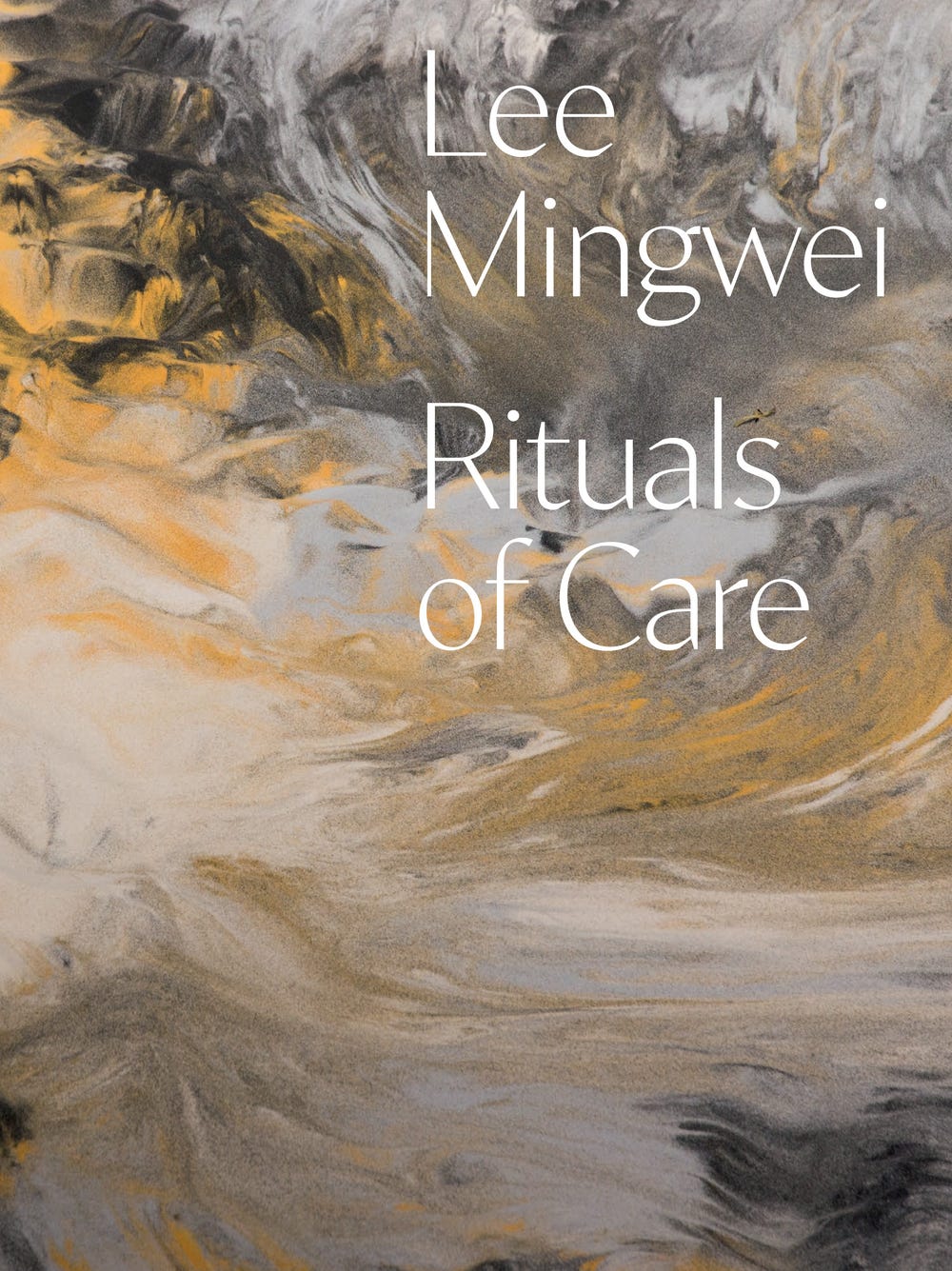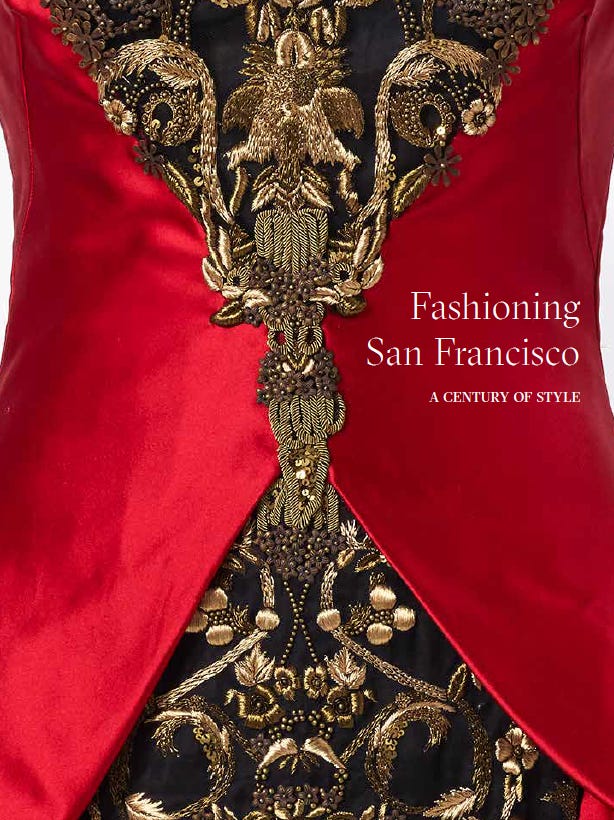Cult of the Machine: Precisionism and American Art
By Emma Acker, Sue Canterbury, Adrian Daub, and Lauren Palmor
Characterized by highly structured, geometric compositions and lucid forms, Precisionism—a style that emerged in America in the teens and flourished during the 1920s and 1930s—reconciled realism with abstraction and wed European art movements to American subject matter to create a streamlined, “machined” aesthetic with themes ranging from the urban and industrial to the pastoral. The tensions and ambivalences about industrialization expressed in works by the Precisionists are particularly fascinating and relevant to a contemporary audience in the midst of a Fourth Industrial Revolution, in which robots are replacing human labor for various functions, underscoring many of the same excitements and anxieties about modernization that existed nearly a century ago.
Published on the occasion of a major exhibition at the de Young in San Francisco and the Dallas Museum of Art, Cult of the Machine: Precisionism and American Art examines the connections between the past and the present through more than one hundred masterworks by such modernists as Charles Demuth, Georgia O’Keeffe, and Charles Sheeler. This elegant volume sheds scholarly light on the aesthetic and intellectual concerns undergirding the development of this essential strand of early American modernism, exploring the origins of its style, its relationship to photography, and its reflection of the social and economic changes wrought by industrialization and technology.
Four essays contextualize the many intriguing aspects of Precisionist art within the social and political landscape of the Machine Age. Emma Acker leads readers through the major themes of the historic topic in dialogue with salient contemporary examples. Sue Canterbury focuses on the city as a key subject of many Precisionist works. Lauren Palmor describes the aesthetic attraction to steel factories shared by the painter Elsie Driggs and the photographer Margaret Bourke-White. And Adrian Daub offers a philosophical thought piece that examines the human relationship to modernity and technology shared by the Precisionists of yesteryear and artists today.
Including a detailed timeline that links artistic and technological precedents in the first half of the twentieth century and replete with more than two hundred reproductions of works of art and archival photographs, this catalogue is the first in many years to survey the extraordinary contribution of the Precisionists to American art and culture.
Authors
Emma Acker is associate curator of American art at the Fine Arts Museums of San Francisco.
Sue Canterbury is the Pauline Gill Sullivan Associate Curator of American Art at the Dallas Museum of Art.
Adrian Daub is professor of comparative literature and German studies at Stanford University.
Lauren Palmor is the assistant curator in the American Art Department at the Fine Arts Museums of San Francisco.
